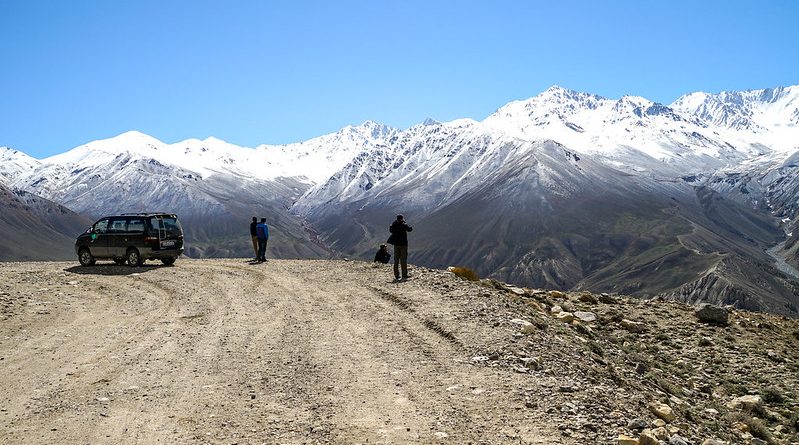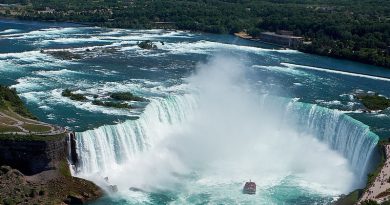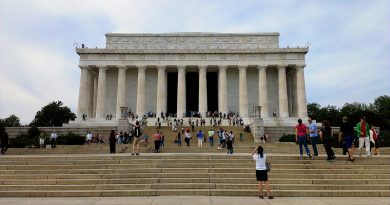Tajikistan Destinations
Travel Warning:
Some parts of Central Asia can be unstable: check current government advice before travel. Ongoing military operations in the region mean Western tourists can be the target of terrorism.
About Tajikistan
Mountains cover 93 percent of this breathtaking country, with nearly half of the interior more than 10,000 feet above sea level. Intersected gorges and canyons carry the overflow from the mountain’s rainfall from the great Tien Shan and Pamir ranges. It is a land-locked country, hemmed in by the Pamir and Alay mountain ranges. The climate in Tajikistan can be ferocious with scorching summers, and bitterly cold winters. In the mountains you’ll feel the extremes even more so.
Independence was achieved on 9th September 1991, but the following civil war damaged the already weak economy, causing decline in industrial and agricultural products. Since the end of the civil war in 1997, the economy is struggling to rebuild itself, but 60 percent of the population still remains in poverty.
There is a risk of earthquakes in this region and possible floods; check the latest tourist advice before booking. The most recent serious earthquakes occurred in 1911 and 1946, flattening many structures and killing hundreds.
Islam was introduced to the region around the seventh century with the Arab conquest. Several invasions followed including the Samanids, whose creativity in the region increased learning and nurtured talents like the great philosopher-scientist Abu Ali ibn Sina. The Mongols controlled the whole region, along with the Russians much later. The Soviet Union collapsed in 1991 and Tajikistan became independent. However the country quickly descended into civil war. A peace treaty was signed in 1997 and President Rakhmanov took power.
Tajikistan Destinations
Dushanbe
Tajikistan’s capital city unfortunately has little for the visitor besides its pretty exterior. With the mountains providing the backdrop and the oriental-inspired buildings, it generally looks good but there’s not much here to make for a prolonged stay. The Barakat Market is poor compared with its Central Asian neighbours but there are two museums: the Professional Museum of Ethnography, housing some good displays of Tajik art such as pottery, carpets, jewellery and musical instruments; and the Tajikistan Unified Museum has interesting exhibits on natural history and art. The Ayni Opera and Ballet Theatre has the finest interior in the city and is worth visiting for a performance.
Khojand
Pronounced ‘Ho-jan’, this is Tajikistan’s second city and one of the country’s oldest. Alexander the Great founded Khojand over 2,300 years ago at the entrance to the rich Ferghana Valley. Here it enjoyed great prosperity with palaces, grand mosques, and a citadel. However, after the onslaught of Mongols in the early thirteenth century, the city was completely destroyed and a less impressive version was rebuilt. The Soviet interference in 1929 saw the Ferghana Valley split between the Tajik and Uzbek SSR.
In more recent times, the Tajikistan civil war has raged and the city has been fairly secure behind the Fan Mountains, avoiding the worst of the fighting. It remains the wealthiest region of the country, and is generally safe for travel. The river and green parks make it a pleasant stop for a couple of days relaxing, and there are a few interesting sites for the visitor. There is a modern mosque and medrassa, and the Mausoleum of Sheikh Massal ad-Din is worth a visit. The Panchshanbe Bazaar is equipped with all the traditional sights and smells of a Central Asia market.
Guide by Jenna Colbourne




